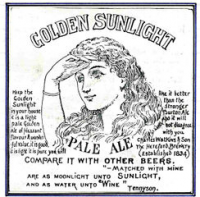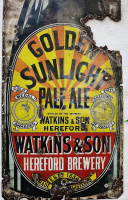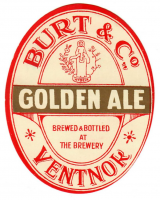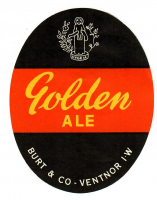The older I get... the definitions of "ale" vs. "lager" to me should be based mostly on taste, not process or yeast species. To me, "lager" means the beer doesn't taste like anything but malt and hops. THAT'S a "lager". I don't care how it was made. If it tastes like a lager, it's a lager. Anything else is an ale.
I just used S-189 and S-23 to make a few batches of "lager"... but I fermented them warm at 68 F (20 C). I swear I got much better (and faster!) results at this temperature than when I tried fermenting colder. No one needs to know that I fermented them warm. If it tastes like lager, I'm calling it a lager.
Also I recently made an attempt at a fruity interesting Aussie Spockling Ale, using S-04, again at high temperature, I think it was around 70 F (21 C). BUT IT TURNED OUT CLEAN AS A WHISTLE, like a LAGER. So again.... instead of calling it an ale at all, it tasted like a "lager", so I called it a lager! Not fruity at all. Quite delicious, actually.
Again I say, to anyone who disses S-04.... I implore you to give it another try. And maybe ferment it at 70 F / 21 C.
And for that matter... try S-189, S-23, W-34/70, etc. AT ROOM TEMPERATURE and see what YOU think! Lager?!
If it tastes like a lager, it's a friggin lager.
[/soapbox]
The cleanest way to classify yeasts, on the other hand, should truly be "cerevisiae" vs. "pastorianus". To those who sell yeasts, I wish they'd use these terms instead of "bottom-fermenting" or "from Munich" (which really tells me not a damn thing!) or whatever.
And throw the temperature recommendations out the window!!!! Let US decide what temperatures we want to try! If you know me at all, you know I'll be fermenting dang near everything warm, room temperature, from here on out, regardless of whether it's a "lager". Or maybe vice-versa, make more "ales" at cooler temperatures to see what that does. Experimentation is so much fun. Split every batch and do something weird. Learn so much.
Cheers!










